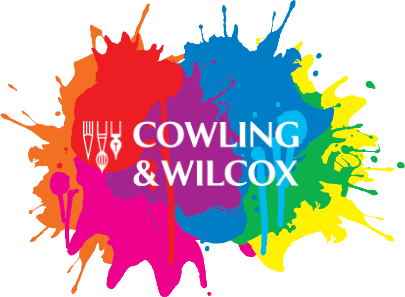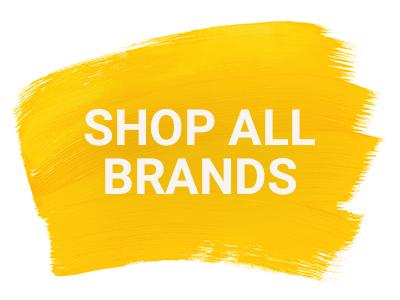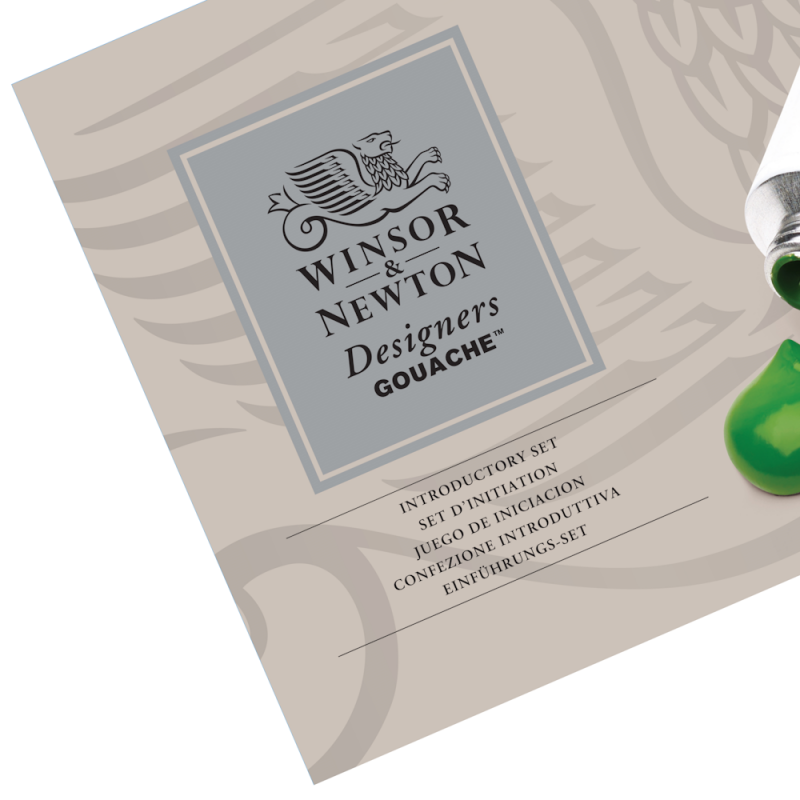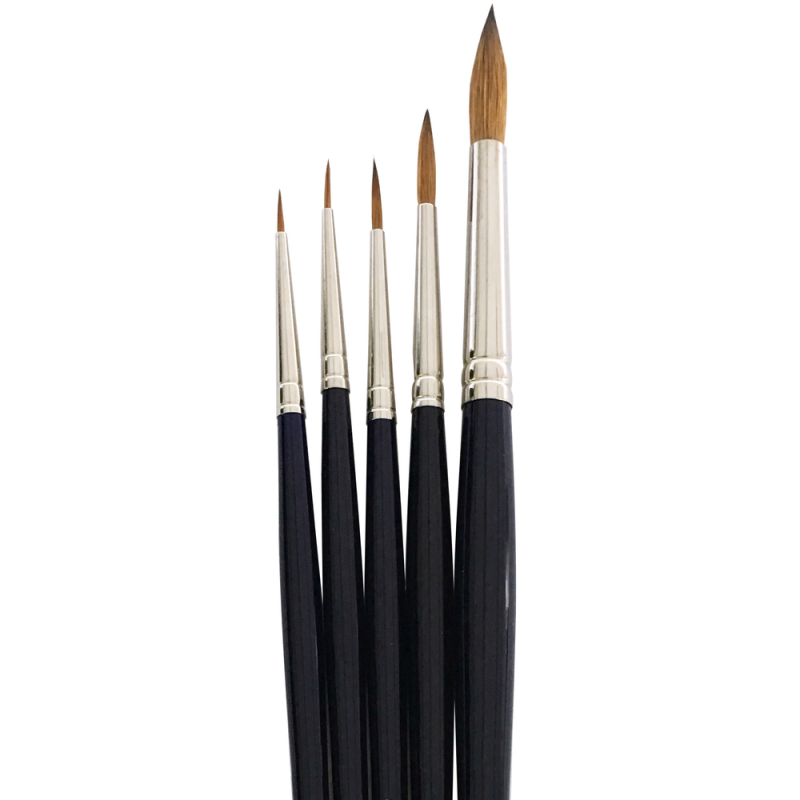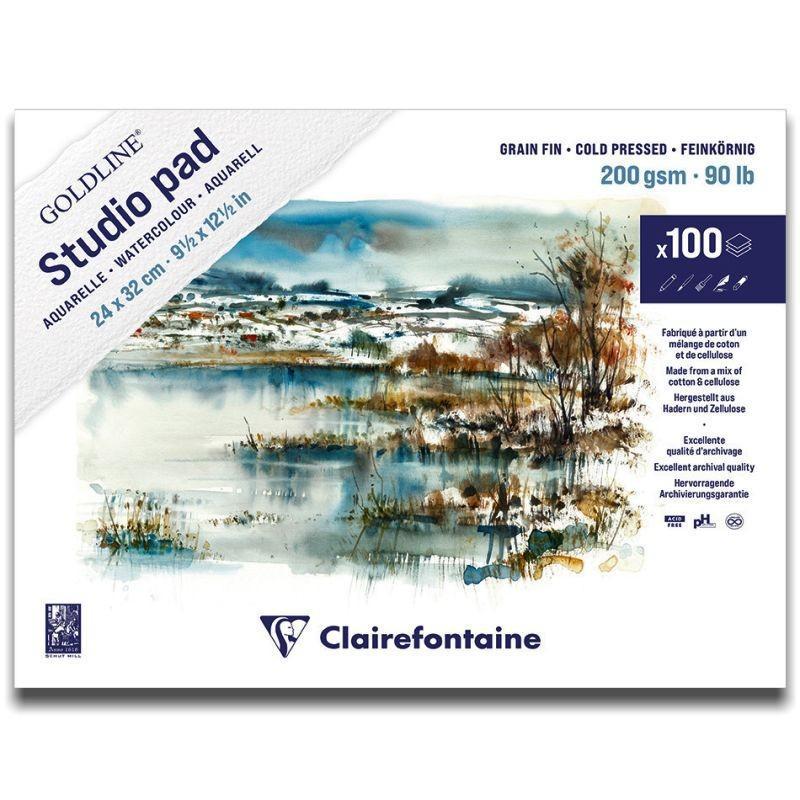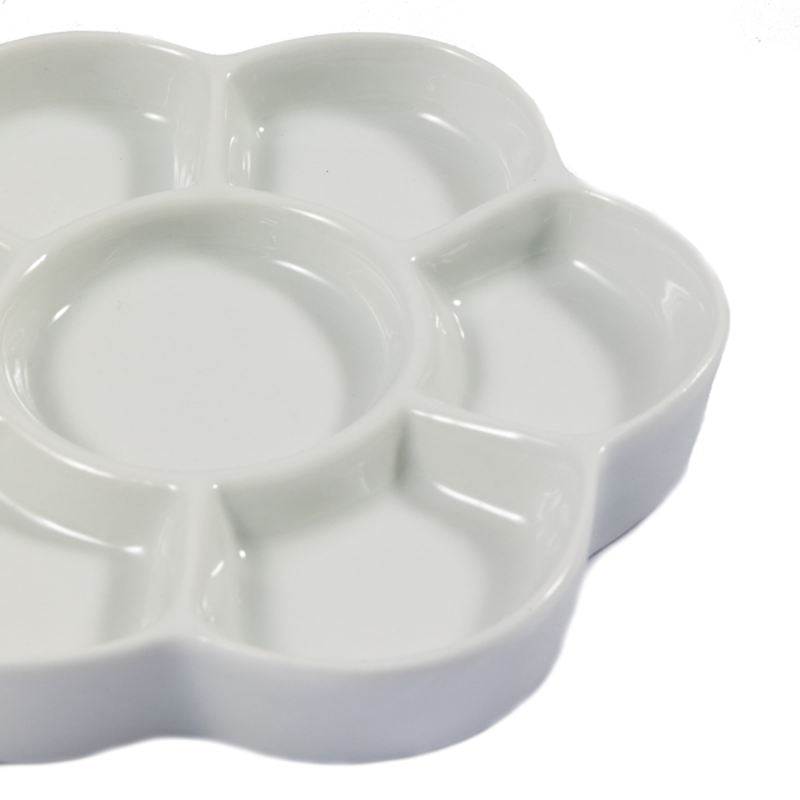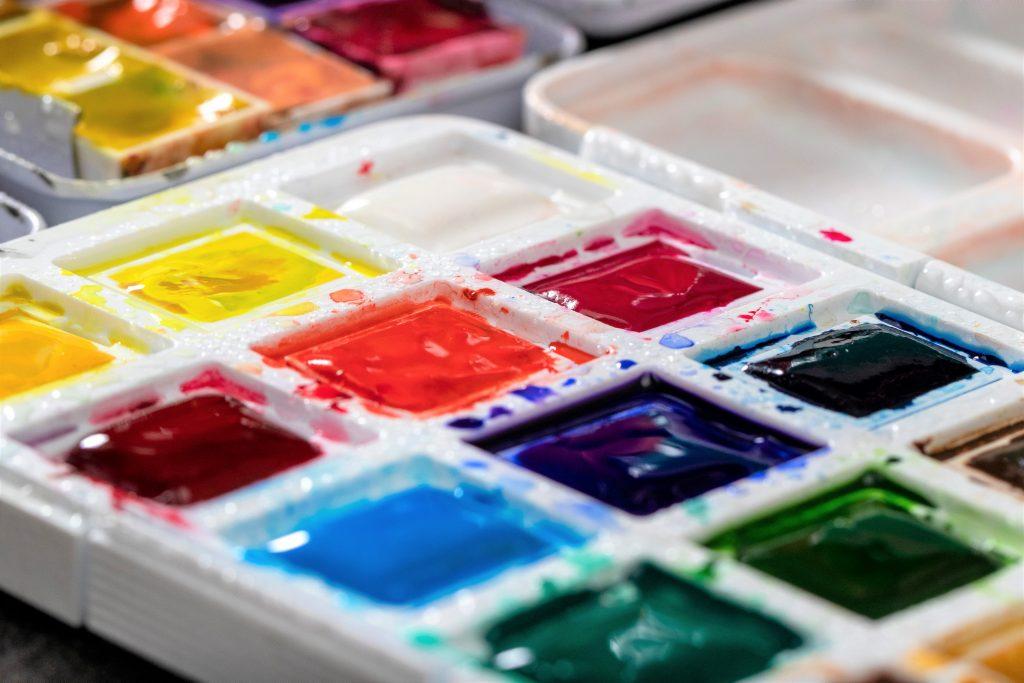
Gouache paint (pronounced gw-ash) is similar to both watercolour and acrylic paint mediums. Much like watercolour, it’s a pigment that has to be mixed with water to allow it to spread across paper, canvas or any other surface.
Gouache painting dates back to the 18th century, and at the time was used to create historically relevant and visually arresting works of art. Today gouache paint is often described by artists as an ‘opaque watercolour’, as the medium can be used with watercolour brushes, on watercolour paper, and applies in a very similar way. The only difference is in the sheerness, as when gouache is applied the paper beneath will not be as visible as it is when using traditional watercolours.
Gouache is an underrated yet extremely powerful medium that you should definitely consider working into your style. If you want to learn more about how to use gouache then read on as we’ll be covering how you should use it and why you should use it to your artistic advantage.
What is gouache?
Gouache paint is a mixture of natural or synthetic pigments, water and gum arabic, which essentially acts as a binding agent. In some gouache paints chalk is added to give the paint additional body.
Getting started with gouache
Getting started with gouache is simple: all you need to get started is paints, brushes, a surface, water and a mixing tray or palette.
Gouache paint – There are various gouache paints you can work with, stocked by a wide variety of brands. If you’re experimenting with gouache paint for the first time it’s always best to purchase a few primary colours first, as well as black and white tubes to create various hues and shades. We stock a fantastic selection of discounted Gouache Paints in-store and online. Struggling to decide whether gouache is right for you? Read our Paint Buying Guide.
Brushes – As mentioned previously, there is little difference between watercolour and gouache paints, so if you only have watercolour brushes then you can use these. You can choose from a selection of natural or synthetic fibre brushes in a range of sizes, depending on how you wish to use gouache. When painting with gouache you will want to keep your brush wet so you can work with the paint easily.
Surface – There are a few different surfaces you can work with when it comes to working with gouache. Watercolour paper is always a good option, and whilst you can use canvas, this will always work better with acrylic or oil mediums.
Water – Water is essential when it comes to working with gouache. Very little pigment is required when laying down your colours, so you’ll need a fresh water pot to create the right consistency with your paints.
Mixing palette – Gouache will come in either a tube or tray. It’s always best to have a palette to mix your paints on, in order to create a full spectrum of colours.
Painting with gouache
Now that you have all of your art supplies, the next step is to learn about the right gouache painting techniques. While there are endless creative possibilities with gouache paint, it can be useful to get a better understanding of some of the most common gouache painting techniques:
Staining – Many people often decide to start with staining the surface they are working on. This involves covering the area with a layer of paint, serving as a base foundation. Simply mix your gouache paints with water to create a thin watercolour-like consistency, and wash this over the page. This technique is great for adding colour to large areas in your painting, such as in skies or landscapes.
Layers – Once you have a foundation layer you can begin creating additional layers. Increase the opacity of the paint by adding less water to the gouache, creating a rich pigmented colour that will cover any pencil outlines. This technique is best for painting smaller details.
Dry brushing – Dry brushing is a technique which enables you to add texture to your artwork. Pick up some slightly wet gouache and brush it out using a paper towel. You can then swap the dry brush over your painting, achieving a beautiful feathered texture.
Of course, these are just a few of the techniques you can use when getting started with gouache. Experiment with the paint on excess paper, and get a better understanding of how the pigment works.
Do you want to test some other art techniques? Take a look at our other guides, ideal for beginners.
How To Get Started With Brush Lettering
How To Make An Abstract Collage
Everything You Need To Know ABout Painting With Ink
< Back to blog